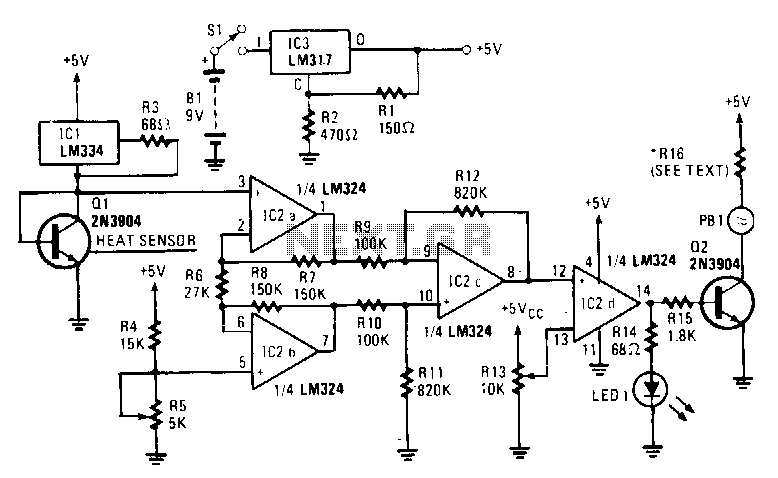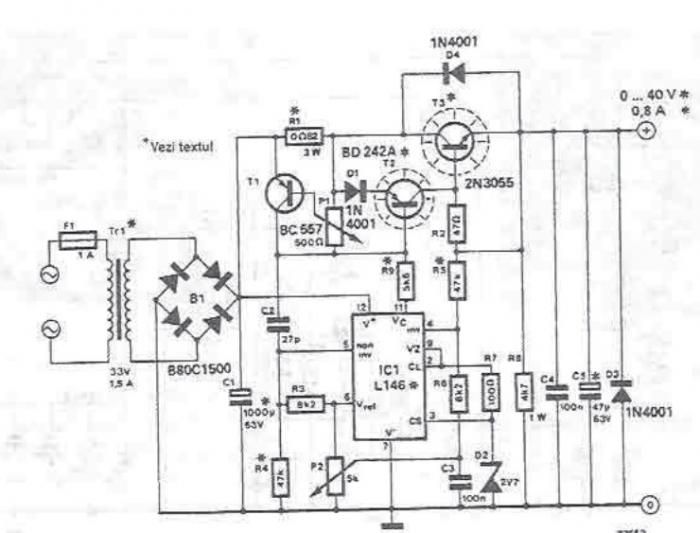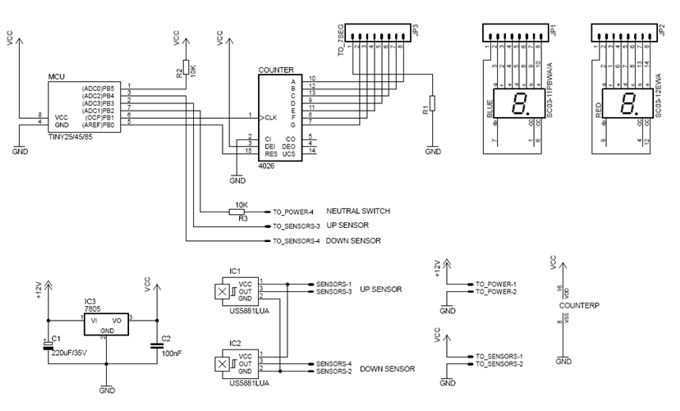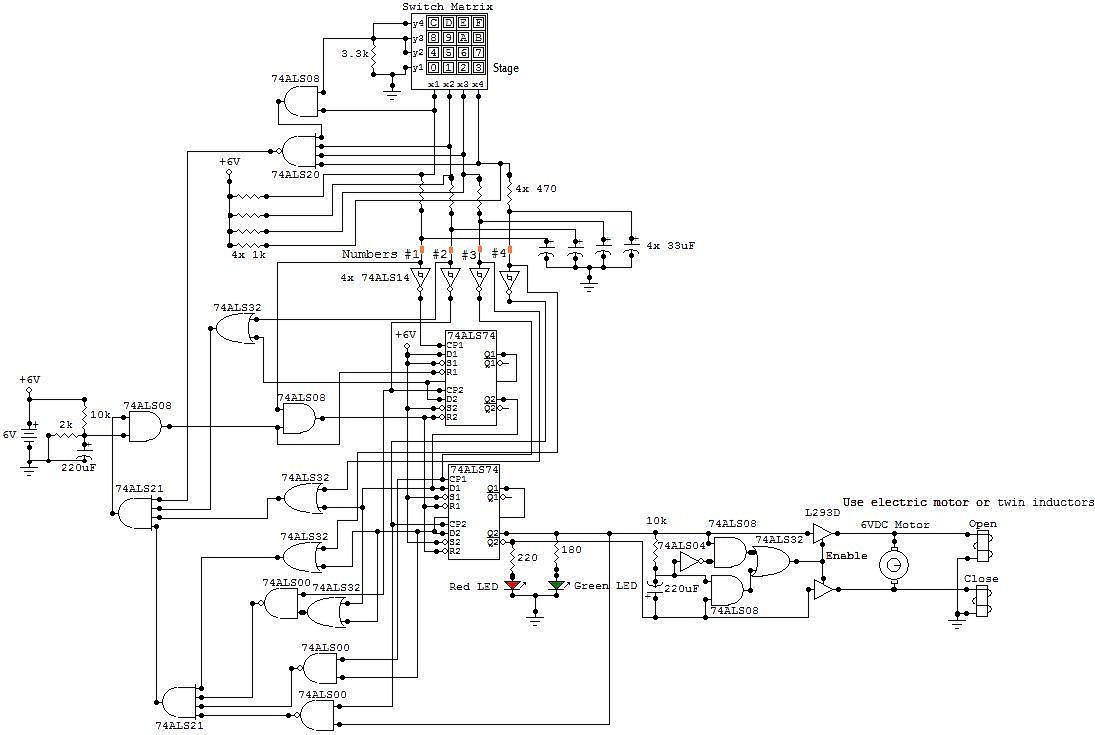
Fast Electronic Fuse
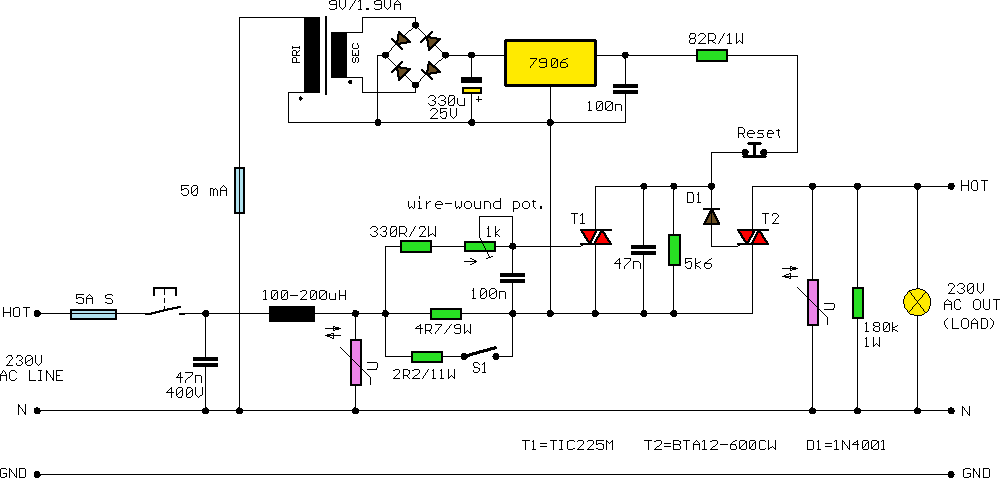
A fast electronic fuse designed to operate on 230V AC with an adjustable trip current. When the current through the load exceeds a level determined by the user, the fuse will trip to protect the circuit.
The electronic fuse functions as a protective device in electrical circuits, designed to interrupt the flow of current when it exceeds a pre-set threshold. This specific fuse operates at an input voltage of 230V AC, making it suitable for standard household and industrial applications. The adjustable trip current feature allows users to set the desired current limit based on their specific load requirements, enhancing flexibility and protection for various devices.
The core components of the electronic fuse include a current sensing element, a microcontroller or comparator circuit, and a switching mechanism, often a relay or a MOSFET. The current sensing element continuously monitors the load current. When this current exceeds the adjustable trip level, the microcontroller processes this information and activates the switching mechanism to disconnect the load from the power source.
The adjustable feature is typically implemented using a potentiometer or digital input, allowing for precise calibration of the trip current. This ensures that the fuse can be tailored to protect sensitive electronics that may require lower trip currents, as well as more robust equipment that can handle higher currents without tripping unnecessarily.
In addition to its primary function of overcurrent protection, the electronic fuse may include features such as visual indicators (LEDs) to signal the operational status, as well as a manual reset option to restore functionality once the fault condition has been cleared. Some designs may also incorporate a delay mechanism to prevent nuisance tripping during transient conditions, such as inrush currents.
Overall, this fast electronic fuse represents an advanced solution for circuit protection, combining user adjustability with reliable operation to safeguard electrical systems effectively.A fast electronic fuse designed to operate on 230V AC with an adjustable trip current. When the current through the load exceeds a level determined by the.. 🔗 External reference
The electronic fuse functions as a protective device in electrical circuits, designed to interrupt the flow of current when it exceeds a pre-set threshold. This specific fuse operates at an input voltage of 230V AC, making it suitable for standard household and industrial applications. The adjustable trip current feature allows users to set the desired current limit based on their specific load requirements, enhancing flexibility and protection for various devices.
The core components of the electronic fuse include a current sensing element, a microcontroller or comparator circuit, and a switching mechanism, often a relay or a MOSFET. The current sensing element continuously monitors the load current. When this current exceeds the adjustable trip level, the microcontroller processes this information and activates the switching mechanism to disconnect the load from the power source.
The adjustable feature is typically implemented using a potentiometer or digital input, allowing for precise calibration of the trip current. This ensures that the fuse can be tailored to protect sensitive electronics that may require lower trip currents, as well as more robust equipment that can handle higher currents without tripping unnecessarily.
In addition to its primary function of overcurrent protection, the electronic fuse may include features such as visual indicators (LEDs) to signal the operational status, as well as a manual reset option to restore functionality once the fault condition has been cleared. Some designs may also incorporate a delay mechanism to prevent nuisance tripping during transient conditions, such as inrush currents.
Overall, this fast electronic fuse represents an advanced solution for circuit protection, combining user adjustability with reliable operation to safeguard electrical systems effectively.A fast electronic fuse designed to operate on 230V AC with an adjustable trip current. When the current through the load exceeds a level determined by the.. 🔗 External reference
Warning: include(partials/cookie-banner.php): Failed to open stream: Permission denied in /var/www/html/nextgr/view-circuit.php on line 713
Warning: include(): Failed opening 'partials/cookie-banner.php' for inclusion (include_path='.:/usr/share/php') in /var/www/html/nextgr/view-circuit.php on line 713
